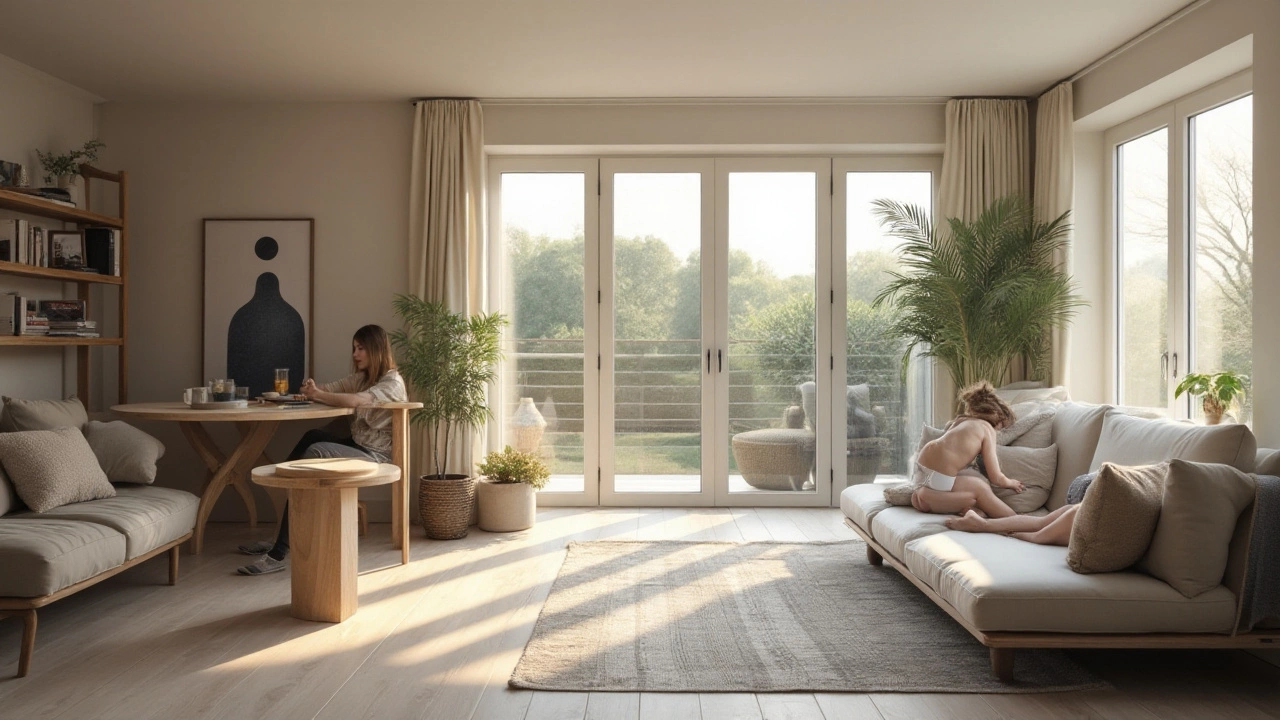Consumer Habits Shaping Furniture Choices in 2025
When you walk into a store or scroll online, the things you look for tell a lot about today’s shopper. People aren’t just hunting for a pretty piece any more; they want durability, comfort, and a story they can share. That shift is why you’ll see more questions about frame material, upholstery life, and eco‑friendly sourcing in the same conversation as “does it match my sofa?”
What Drives Modern Furniture Purchases?
First, durability tops the list. Families with kids or pets ask, “Will this survive daily use?” That’s why articles about sturdy frames, high‑density foam, and weather‑proof outdoor sets get a lot of clicks. Second, health and ergonomics matter. Workers setting up home offices search for “office chair alternatives” or “ADHD chairs” because they want to stay comfortable while they focus.
Third, style meets sustainability. Shoppers browse “best furniture brands UK” and “eco‑friendly options” side by side, hoping to find a piece that looks good and reduces waste. Fourth, price transparency influences decisions. Guides that break down “TV stand size for a 55‑inch TV” or “perfect sofa‑to‑TV distance” help people feel confident they’re getting value.
Finally, technology nudges habits. Mobile apps let you visualize a coffee table in your living room, while review videos show how a futon feels after months of use. All of these tools feed the desire for informed, low‑risk buying.
Tips to Align Your Buying Habits with Quality & Sustainability
If you want to make smarter choices, start by checking the frame material. Hardwood and metal frames usually outlast particleboard, especially in high‑traffic areas. Next, feel the cushions—high‑density foam holds shape longer than cheap polyester fills.
Look for certifications like FSC or reclaimed wood labels; they signal responsible sourcing. When you shop online, read the return policy and warranty details. A good warranty often reflects confidence in the product’s lifespan.
Don’t ignore the layout basics either. Measure your room, then use simple math to find the right coffee table size or TV stand height. A well‑placed piece not only feels better but also reduces the need to replace furniture that doesn’t fit.
Lastly, think about the long term. A slightly higher upfront cost for a durable sofa can save you money compared to buying a cheaper one that needs replacement in a few years. Pair that with easy‑care fabrics, and you get a piece that stays fresh without constant cleaning.
Social media also shapes what people buy. When a trending influencer showcases a rustic oak bookshelf, traffic spikes for “old bookcases with chains” and similar styles. That instant buzz often pushes retailers to stock items they might not have considered before.
By keeping an eye on durability, health, style, and sustainability, you’ll navigate the sea of furniture options with confidence. Your next purchase will feel right, look great, and last longer—exactly what modern consumer habits demand.
Reasons Behind Declining Furniture Purchases in 2024
With the current shifts in consumer behavior, there's a noticeable decline in furniture purchases. Several factors, such as economic uncertainty and changing lifestyle choices, are influencing this trend. People are opting for multifunctional spaces and minimalism, affecting their purchase decisions. The article explores these aspects and offers insights into how businesses can adapt.
More
